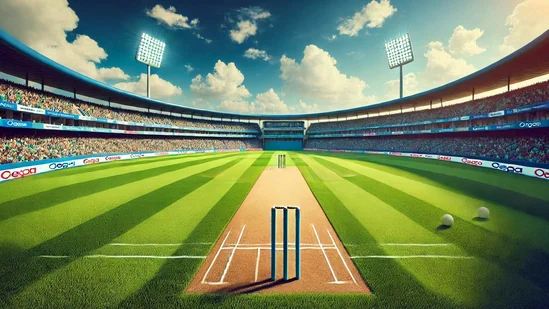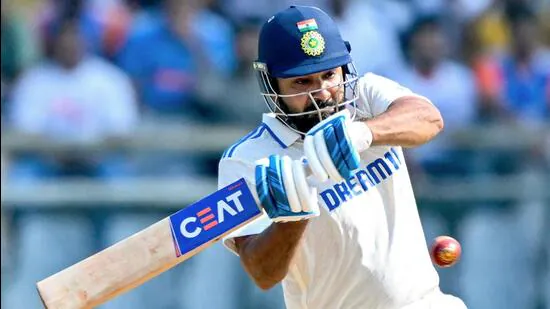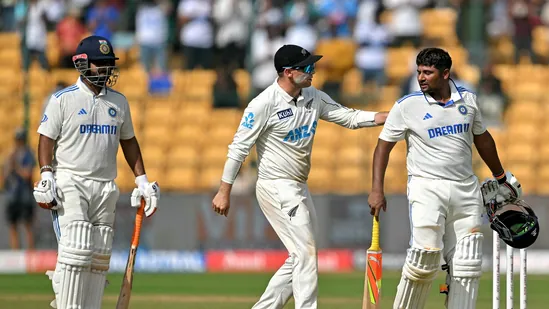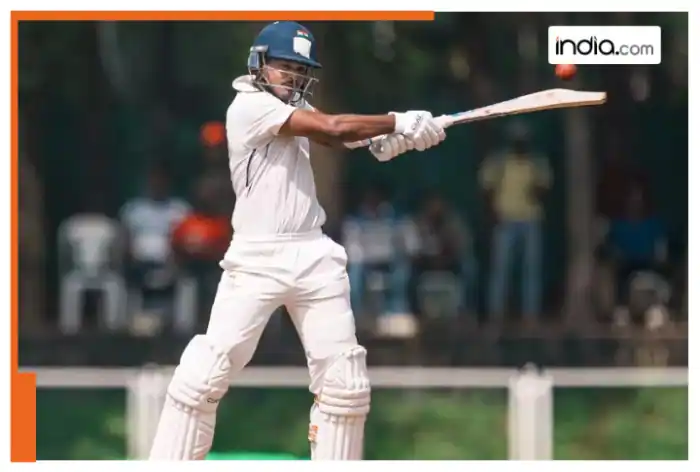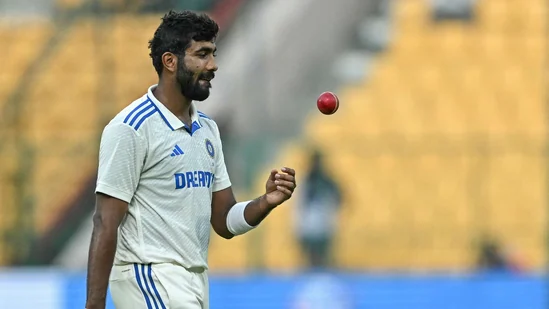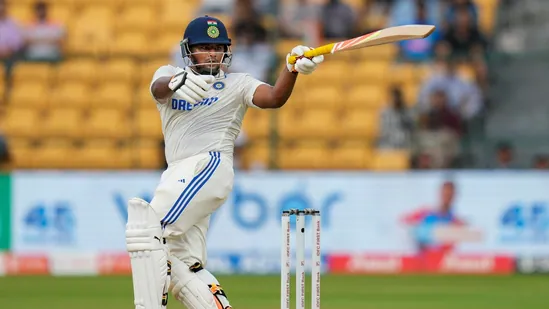Rishabh Pant's stunning Test comeback highlights his puzzling limited-overs struggle
Rishabh Pant's track record in Test cricket left no doubt that he would be a shoo-in for the Indian playing eleven once he was fit to play. Despite the strong performances from Dhruv Jurel and KL Rahul as wicketkeeper-batters in recent matches, Pant's undeniable talent secured his spot for India. His standout display in India's commanding 280-run victory over Bangladesh in the first Test in Chennai served as a powerful reminder of his prowess in the longest format of the game.
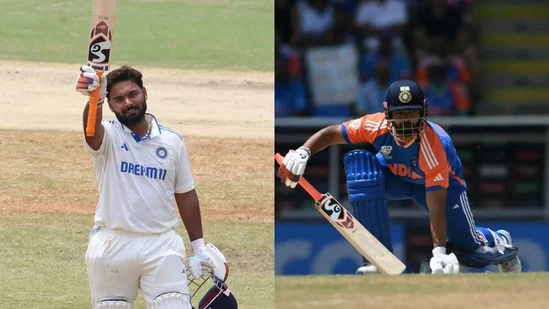
Pant scored 39 in 52 balls in the first innings at a time when India were in desperate need of a partnership and Bangladesh were making the most of the pace-friendly conditions. In the second, he smashed 109 off 128 balls as part of a 167-run partnership with Shubman Gill. This was Pant's sixth century in a career that has lasted just 34 Tests thus far. It is also to be noted that he was out in the 90s nine out of the 11 times that he scored a half-century in the format.
The 26-year-old has scored 2419 runs in his Test career at an average of 44.79. His strike rate of 74.11 is also an important element of his game, with Pant known to be utterly destructive if he is allowed to bat for long periods and often trying shots that would make his coaches and captains feel slightly queazy.
Another interesting aspect of Pant's incredible career thus far is that despite being an aggressive batter, he has had far more success in Test cricket than in limited-overs cricket, particularly T20s.
Pant's white-ball statsWhile Pant's place in the Test squad was never under question once he established himself during India's incredible 2020/21 series win in Australia, that isn't quite the case in white ball cricket. Pant has scored 1209 in 76 T20Is, averaging just 23.25 and striking at a lowly 127.06. He has played considerably fewer ODIs, earning just 31 caps and scoring 871 runs at an average of 33.50. Pant has one century and five half-centuries in ODIs and it is to be noted that he has also struck at 106.21 in his 50-over career. In T20Is, he has just three-half centuries to his name.
Pant has had a better time of it in the Indian Premier League (IPL), scoring 3248 runs with a strike rate of 148.93, his career punctuated by one century and 18 half-centuries.
Comparison to other big hittersThe disparity in Pant's fortunes in the longest format of the game and the shorter versions may be puzzling at first but then a glance at some of the other big-hitters closer to the 26-year-old's era would show that he is not really an outlier. Virender Sehwag is arguably the most famous Indian batter from among those that came before Pant who would try to find the boundary whenever the opportunity presented itself.
He averaged 49.34 in his prolific Test career and struck at 82.23 in 104 Test matches, scoring 23 centuries and 32 half-centuries. In ODIs though, Sehwag had an average of 35.03. Although he did strike at 147.83 in T20 cricket, it is to be noted that he only played 159 matches with the format coming towards the end of his career. Chris Gayle averaged 42.18 in his 103-match Test career. In ODIs, though, he averaged 37.83 and 27.92 in T20Is (strike rate of 137.50). David Warner is probably a bit of an outlier in that he had a strong Test average (44.59) while having an ODI average (45.30) that is higher.
Although the details of the disparity may vary, there is a pattern here - big hitting batters who established themselves in all formats have tended to have a higher average in Test cricket, particularly among those who played in the 21st century.
From the horses' mouthsWhile one can sit down to analyse the fine print of how these players adjust their techniques in Test cricket and whatnot, it might be better to put their own argument about why this is the case on top of everything else. After all, their decision to go big in Test matches is almost entirely down to their own personal approach to the game. Interestingly, the explanations sound almost exactly the same. Warner has said multiple times about how Sehwag told him as an obscure youngster playing for Delhi Daredevils that he would find success in Test cricket as there is less pressure to score quickly and the field is always up in the format.
"He said, ‘all the fielders are around the bat, if the ball is there in your zone you’re still going to hit it. You’re going to have ample opportunity to score runs. You’ve always got to respect the good ball, but you’ve always got to punish the ball you always punish’," Warner has said.
Travis Head, another player who has found success playing aggressively regardless of the format, said that he finds T20 cricket the hardest. “I find T20s the hardest because there’s pressure to score; there are expectations, every time you go out, you have got to strike at 130, 140 and 150,” Head told before the second ODI against England.
“I find Test cricket, somewhat, the easiest because if I am not feeling great, I can go as slow as I want and if I am feeling great, I can go as fast as I want. There are no barriers to what you can do. From the playing side of things, I enjoy Test cricket the most. It’s toughest in terms of technique, conditions and other things, but expectations are something that is always there in white-ball cricket," said Head.
Stay informed with the...RELATED STORIES
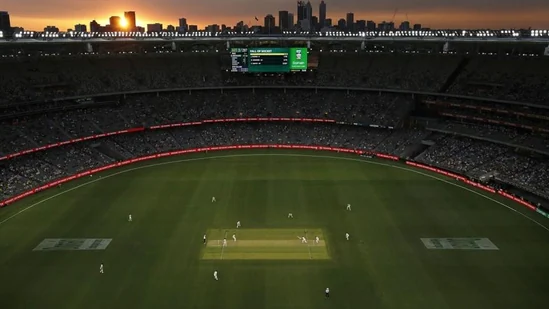
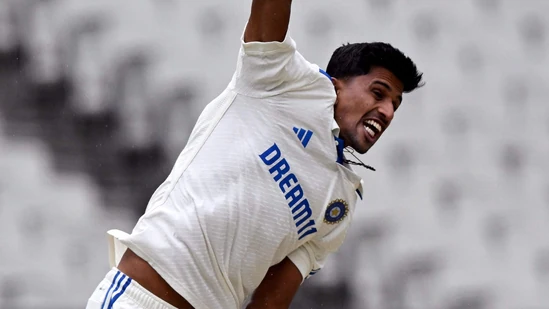
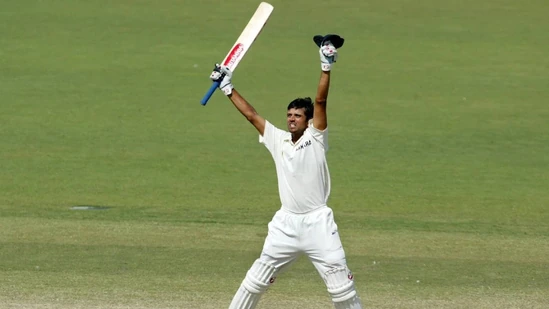
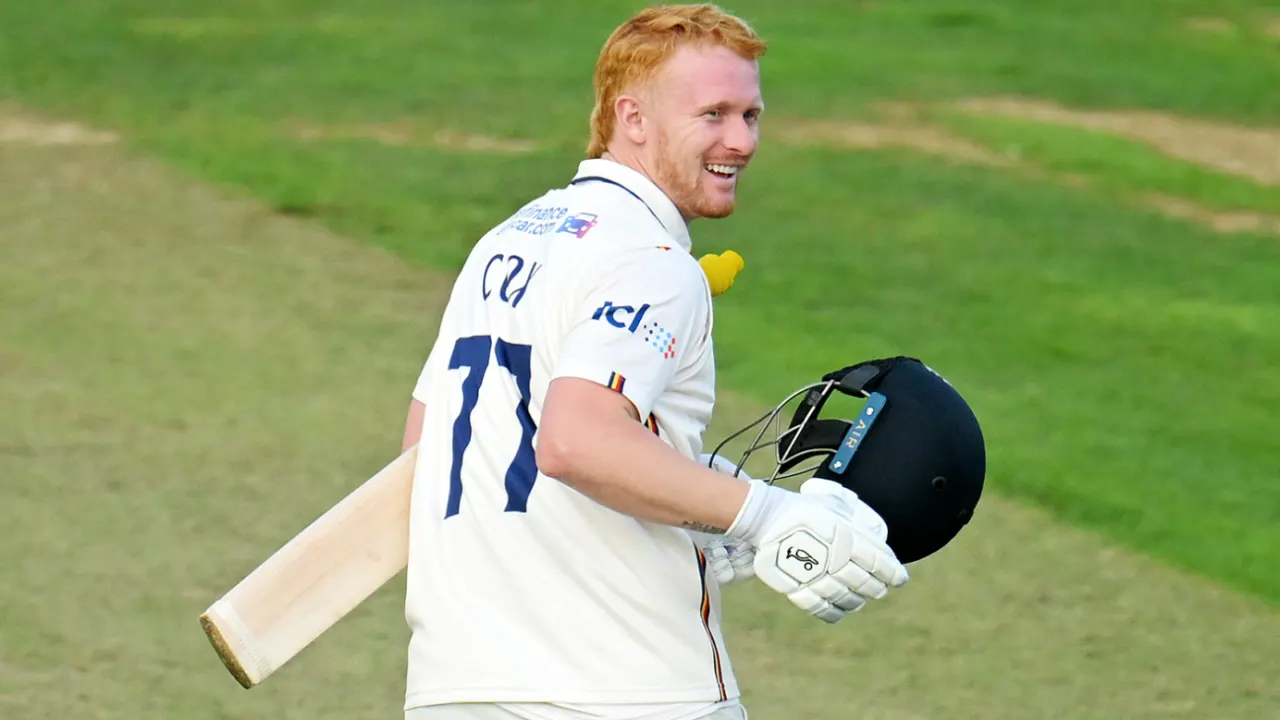
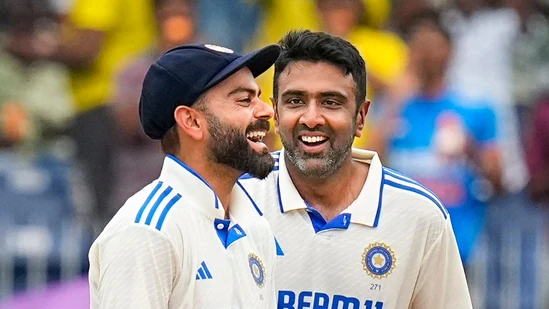
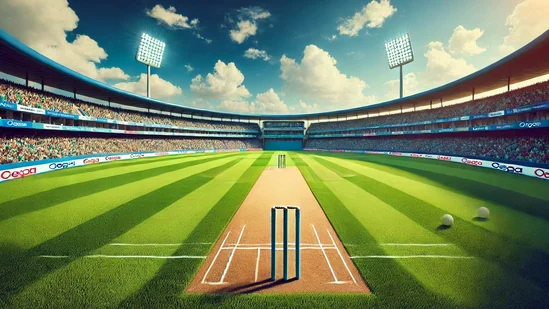
LATEST NEWS
